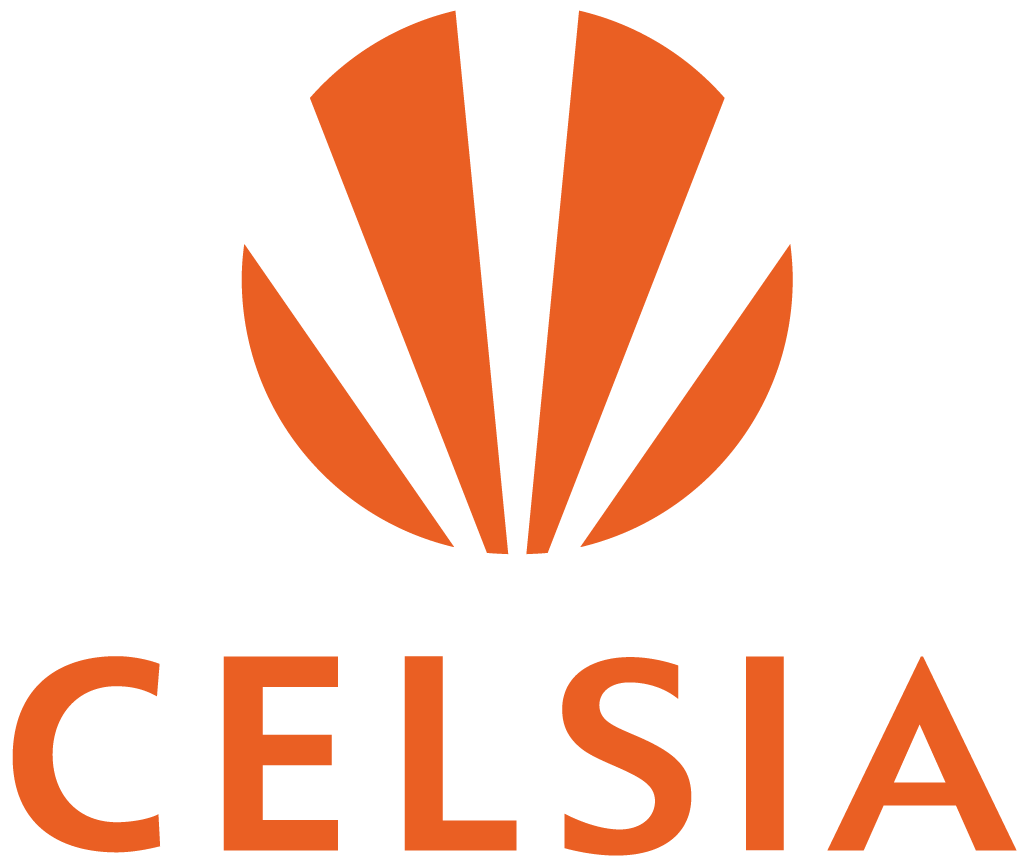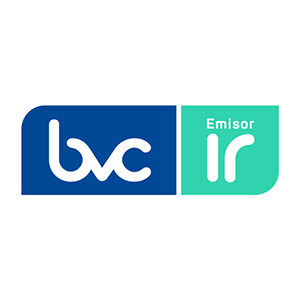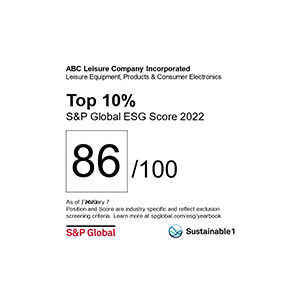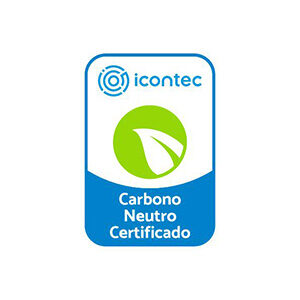At Celsia, we have an innovative portfolio, focused on savings, the efficient use and conservation of natural resources as key elements to be responsible with the environment and committed to society.
GRI (3-3) All our projects and assets in operation apply good socio-environmental practices throughout their life cycle, which are governed by national and international standards, which define improvements for the efficient use of energy, the comprehensive management of residues or waste, the management of discharges and the control of atmospheric emissions. We give our best to grow together, increasing our competitiveness from the prevention, mitigation and compensation of impacts and the optimization of costs from a relationship of transparency and mutual respect with our Stakeholders.
Our Management
- Achieving proper handling of the chemical substances we use in our processes;
- Improving and promoting the optimization of natural resources;
- Avoiding environmental accidents;
- Mitigating air pollutants from fixed and mobile sources;
- Improving soil stability and preventing its degradation;
- Promoting the sustainable use of water and the protection of biodiversity;
- Implementing actions aimed at the circular economy to optimize renewable and non-renewable resources; and
- Carrying out the Sustainable Management of natural resources and biodiversity under the principle of the Mitigation Hierarchy throughout the life cycle of projects and assets in operation.
Waste Management
Waste Management seeks to minimize its generation and close its life cycle, for which we have been implementing circular-economy principles that involve designing and manufacturing products that have a longer useful life and that can be redesigned, updated, repaired, reused, reconditioned or remanufactured, taking into account the prevention in the affectation of human health and pollution. With this, we ensure legal compliance and achieve better performance based on guidelines and responsibilities that must be applied by all within the framework of compliance with Environmental Policy.
Non-Hazardous Waste
GRI (3-3)
- We continued with the implementation of the Forestry Program with which the plant material resulting from the maintenance of high-, medium- and low-voltage lines was used for composting.
- The permanent Circular-Economy Work Table was established.
Hazardous Waste
GRI (3-3) Regarding hazardous waste, in 2022 there was a 27% increase in internal or external reuse of generated waste, which reduced pressure on disposal sites and encouraged post-consumer regulations (extended Product-Responsibility Policies) and circular economy.
Other Waste
The Bahía Las Minas Thermal Power Plant, in Panama, stopped generating energy from fossil hydrocarbons (coal); therefore, gypsum and ash residues were not generated for the period 2022.
Management of Other Emissions
Atmospheric Emissions (Particulate Matter, Sulfur Dioxide, Nitrogen Dioxide and SF6)
GRI (3-3)
- In 2022, we had a 27% reduction in SF6 emissions, thanks to good practices and preventive maintenance carried out on our operating assets.
- By 2022, we had a 49% reduction in PM and SOx emissions, due to the type of fuel used to operate the thermal-power plants.
During 2022, there were no mercury (Hg) emissions, due to the fact that the Bahía Las Minas Power Plant in Panama stopped generating energy with fossil fuel ( coal). The pollutants of PM, NOx and SOx that are emitted do not affect densely populated areas nor are they close to them.
Discharge Management
GRI (303-4) For our facilities or work centers, which have a water concession for domestic uses, we have a Domestic Wastewater-Treatment System (STARD, in Spanish), which allows us to carry out controlled discharges, meeting the requirements established by the current environmental regulations of each country where we are present.
Circular Economy
We work to strengthen our entire supply chain with Circular-Economy Principles and Guidelines. In this sense, we advanced the following initiatives:
- The use of concrete and wood waste: We worked with allies to develop a pilot using our resources to produce polymer-concrete products.
- The Textile-Endowment Campaign: We collected 1.4 tons of used supply garments in order to transform them into other materials and reincorporate them into the supply chain.
- Second-Life Batteries: We finished the engineering of a second-life battery prototype to support the DC auxiliary services of the Palo Blanco Substation.
- ANDI Vision 30/30 Containers and Packaging Post-Consumer Plan: We are linked and actively participate in this collective initiative, which consists of managing a Post-Consumer Plan to take advantage of 30% of the containers and packaging of our own brand products by 2030.
Currently in our summons, we integrate circularity criteria. The supplier must describe how it is directly involved in closing the life cycle of the good and its by-products in its production process, from the design of the goods to their use/final disposal, incorporating circular-economy guidelines.
Principal Results in 2022
GRI (3-3) We present the Eco-Efficiency results:
We designed the inlet valves for Units 1 and 2 of the Bajo Anchicayá Hydroelectric Plant within the framework of technological updating and operational excellence.
We took over, in remote operation, the hydroelectric plants with run-of-the-river generation in San Andrés de Cuerquia, Hidromontañitas and Río Piedras, in Antioquia, and we advanced in the Cucuana Hydroelectric Plant, in Tolima, with pilot tests for remote operation in 2023.
Regarding SF6 emissions, we had a 27% reduction, thanks to good practices and predictive and preventive maintenance carried out on assets in operation.
We doubled the tons of non-hazardous waste recycling, thanks to the good practices developed in the Company, primarily consisting of training and reducing the use of sanitary landfills or dumps, aligned with our Circular-Economy Goals.
Replacement of the bank of main power transformers of the units with epoxy-resin technology at the Río Piedras Hydroelectric Plant.
We formulated the new environmental goals with a 2020-2030 horizon for approval in the First Quarter of 2023, by the Celsia Steering Committee.
GRI (3-3) Short-, Medium- and Long-Term Objectives:
Short Term(0 to 2 years)
- Formulate and implement Circular-Economy Pilot Projects in the Organization.
- Construct a waste target associated with scheduled maintenance and containing indicators for each of the Organization’s assets under management.
- Sale of carbon credits for the emissions avoided by the generation of energy under the Clean Development Mechanism (CDM) or VERRA standards.
- Implement a pilot project for the Advanced Generation Diagnostic Center (AGDC) for the Alto Anchicayá Hydroelectric Plant, which seeks to optimize the maintenance and operation of the generation units, through the use of artificial intelligence.
- Timely manage information on environmental variables in the operation and maintenance of assets.
- Change the power switches of the four Bajo Anchicayá generation units.
- Disclose the new Environmental Goals with a 2020 – 2030 horizon for approval in the First Quarter of 2023, by Celsia’s Steering Committee.
Medium Term(3 to 5 years)
- Strengthen operational controls aimed at the comprehensive management of chemical products and the handling of hydrocarbons.
- Consolidate the Circular-Economy Strategy for Celsia.
- Implement the change of the inlet valves of Units 1 and 2 of the Bajo Anchicayá Hydroelectric Plant, within the framework of technological updating and operational excellence.
Long Term(6 or more years)
- Develop Efficiency and Energy-Saving Plans.
Non-Hazardous Waste: This does not cause harm to the environment or to the health of living beings, given that they do not undergo significant physical, chemical or biological transformations.
Hazardous Waste: The non-recyclable waste considered hazardous because it has intrinsic properties that represent risks to health and the environment.
Atmospheric Emissions: The pollutants that are emitted directly into the atmosphere; some originate as a consequence of chemical reactions and others correspond to the continuous or discontinuous discharge of matter, substances or forms of energy coming directly or indirectly from any source likely to produce atmospheric pollution.
CDM: Clean Development Mechanism.
VERRA: An international organization committed to supporting climate action and sustainable development, through standards, tools and frameworks that assess the environmental and social impacts of projects and programs.






